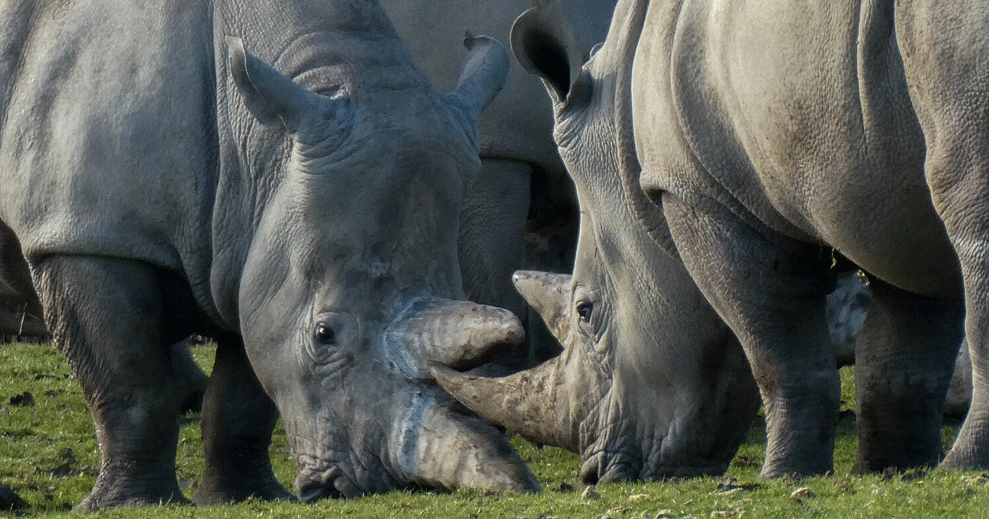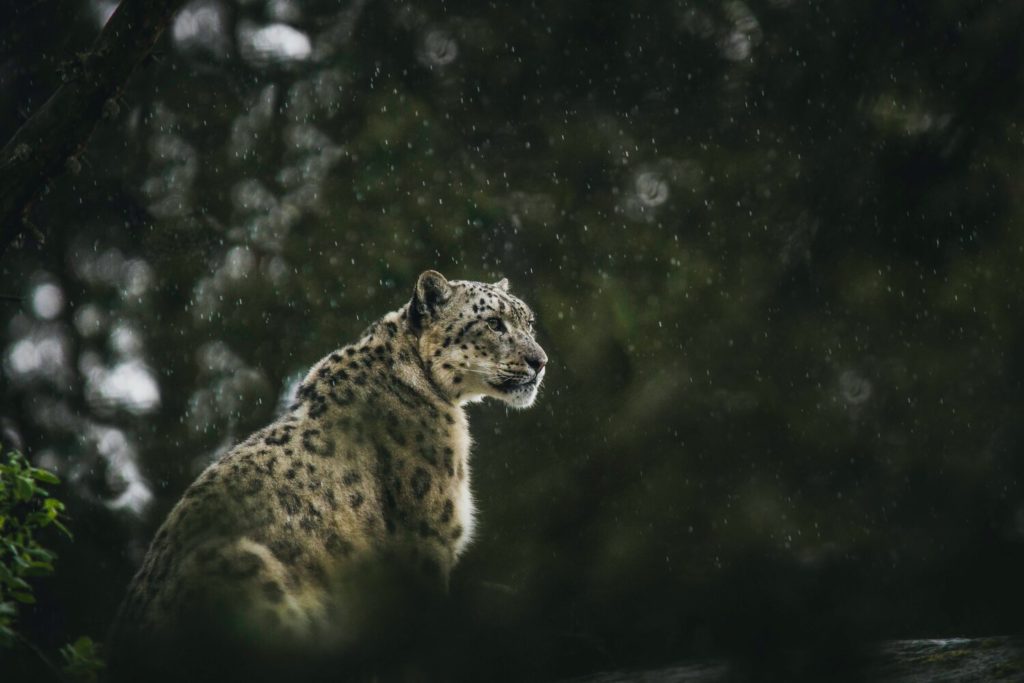
15 Years of Endangered Species Day: Much Work Lies Ahead
On Endangered Species Day, let’s work together to make a positive impact.
2,531. This represents the number of species listed as endangered by the U.S. Fish and Wildlife Service.
Worldwide, the numbers are even more staggering: More than 31,000 species are threatened with extinction, according to The International Union for Conservation of Nature’s Red List. That’s more than one-fourth of all assessed species.
Today is our chance to start lowering those numbers.
Protection and Preservation
May 15 marks the 15th anniversary of Endangered Species Day, but these plants and animals should be recognized, considered and protected each and every day. Often referred to as “keystone” species, they’re like the foundation of a house – without them, everything crumbles.
The Endangered Species Act in 1973 sparked the movement to better understand how the U.S. hinders species’ survival. It’s been a popular law, earning the support of more than 80% of Americans. But we have a long way to go in protecting and conserving these 2,531 species in our back yard.
From the overlooked work of the endangered beetles signaling the health of wetlands, to the Florida panther’s role keeping feral hogs and deer to manageable numbers, Americans’ iconic landscapes desperately need the animals that call them home.
These animals not only cultivate stunning habitats, which many of us love to explore, but they support human health. Without earthworms, what would aerate the soil to allow absorption of carbon dioxide? Without the California condor, what would dispose of animals that have died? If we lost all 892 endangered flowering plants, how would bees help pollinate our entire agriculture system?
Often, it’s the overlooked species that provide humans the most valuable benefits.
Coming Together to Take Action

It’s crucial, now more than ever, for us to take action, and we do have the ability make a positive impact. We’ve come together in remarkable ways during this COVID-19 pandemic, and we can do the same for endangered species:
-
Use fewer pesticides in your yard to limit runoff into local waterways.
-
Purchase local foods from suppliers and farms that don’t destroy native habitats for agriculture.
-
Plant native vegetation in your yard to encourage the health of local pollinators.
-
Purchase sustainable products.
-
Educate those around you about endangered species.
We have the ability to make a positive change, and our team is dedicated to supporting those making this change every day. We are a determined species. We can lower the number of those that are endangered.


